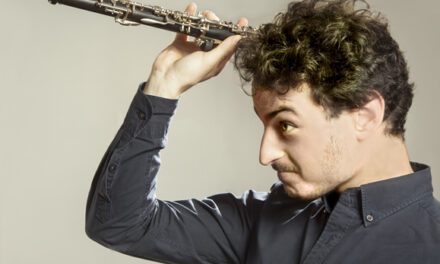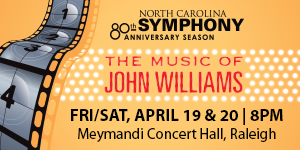Lucia di Lammermoor by Gaetano Donizetti (1797-1848) is one of the basic belle canto operas, Nineteenth Century Italian operas in which is found the production of an uninterrupted, continuous tone. Of the many regional productions of this opera that I have seen, two were outstanding, Greensboro Opera’s 2003, featuring a very pregnant Jennifer Welch-Babidge, and Opera Carolina’s 2004, staring Sumi Jo, as Lucia. Virginia Opera‘s 2008 splendid Lucia, heard on tour in the Landmark Theater, joins this first rank, melding a dramatic, traditional staging with a first rate cast of singer-actors. The Italian language, often containing consonants strung together with vowel sounds, is very fluid and resonates in the facial structure. Artistic Director Peter Mark continues to find and field some of the finest rising talent and joins them with stage directors who are more focused on opera’s drama rather than building an enfant terrible reputation.
French soprano Manon Strauss Evrard made an impressive regional debut as all four of Hoffman’s loves in Virginia Opera’s season opening production of Offenbach’s Les Contes d’Hoffmann. With its focus on the gradual descent into madness of the title character, Lucia is the perfect vehicle to assay the range of a singer’s acting and vocal technique. Evrard’s Lucia was breath-taking with stage presence in spades, a wonderfully controlled voice that was even across its range and seemingly limitless in its power. Her high notes were perfectly nailed, no matter how fast the vocal run.
All the lead roles were cast from strength and were fully worthy of such a superior Lucia. Spanish tenor Israel Lozano was outstanding as Lucia’s secret love, Edgardo, the last member of the rival Ravenswood family. His tone was warm and pleasing and he had the ability to add a “tear” to his voice without Gigli-like aspirations. His control of dynamics and phrasing was refined and his high notes were produced with laser-like accuracy. The role of Lucia’s over-bearing brother Enrico, head of the Ashton family, is a meaty one for a great baritone. Possessing an evenly balanced and powerful, solid voice, Romanian born Sebastian Catana dominated the stage and easily filled the large hall. American bass Christian Van Horn brought a welcome humanity to the role of Raimondo, Chaplain of Lammermoor and Lucia’s tutor. The deep-warm tone of his lower range was most winning. Tenor Gregorio González sang with a warm tone and poise as Lucia’s tragic husband, Arturo.
Tenor Brandon Wood, as Normanno, Enrico’s right-hand man, and mezzo-soprano Amanda Ingram as Lucia’s confidante Alisa, gave solid performances in supporting roles.
Conductor Mark kept precise control, closely coordinating the onstage soloists and chorus with members of the Richmond Symphony serving as the pit orchestra for this production. Crucial instrumental solos were beautifully played by harpist Lynette Wardle, oboist Gustav Highstein, and as the ghostly voice of Edgardo in Lucia’s Act III “mad scene,” flutist Mary Boodell. Donizetti wrote some gorgeous music for the horns, which Paul La Follette and Rachel Velvikis delivered with closely matched tone. Edgardo’s heart breaking final lines were underlined by the cellos led by Neal Cary who is well-known to Triad music lovers as principal cellist of the Eastern Music Festival’s all faculty orchestra. The chorus had been well prepared by Associate Conductor Joseph Walsh. Their dramatic involvement was unusually well-integrated, many rungs above generalized gestures or static blocking.
With every new opera I see staged by Director Dorothy Danner, my esteem for her selfless work rises. This production was traditional, as it was set in the Eighteenth Century with apt costumes, designed by Suzanne Mess and Allen Charles Klein, courtesy of Malabar Limited. The evocative sets, designed by Michael Yeargan, were easily changed and very effectively lighted by Chris Kittrell. Among Danner’s innovative touches was a mime sequence during the overture, showing the sacking of Edgardo’s castle and his blood-oath of revenge sworn upon his parents’ graves, described during Act I, scene 2 “M’odi e trema!” The magnificent sextet, “Chi mi frena in tal momento,” was staged as a slow motion sequence, not the traditional “just stand in line and sing.” Careful lighting had the six singers in bright color set against the rest of the wedding guests stiffly moving within a dark blue light. This was much more dramatic than the usual static approach.
My only reservation was a sequence in Act III. Arturo’s body was carried downstairs during Raimondo’s recounting of the murder. One of Arturo’s retainers cut off a bit of his master’s hair and threw it into a burning lamp. Dramatic, yes, but it drew attention away from Donizetti’s focus, the bass’ arioso.












